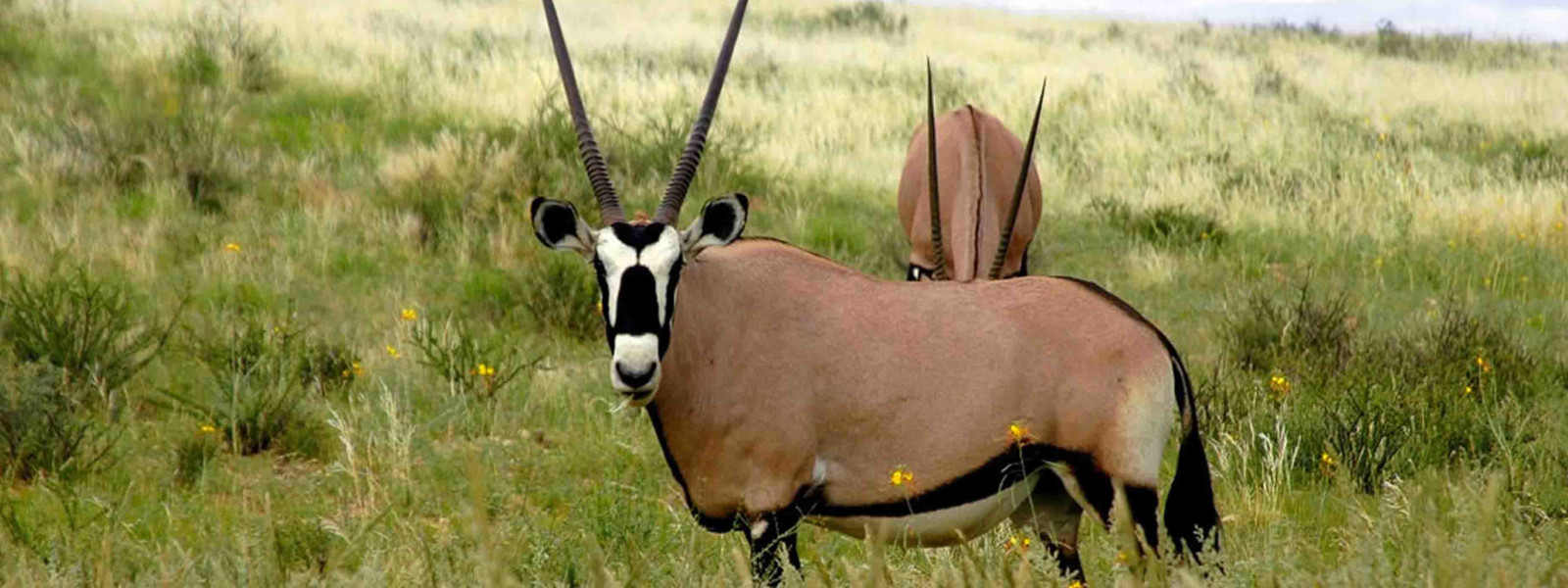Mkomazi National Park

About Mkomazi National Park
Although Mkomazi doesn’t offer as much game viewing when compared to other parks in Tanzania, the wild scenery compensates for it with mountains rising in every direction.
Size:3245 km² / 1240 mi²
Altitude: 225-1531 m / 738-5023 ft
Set below the verdant slopes of the spectacular Usambara and Pare Eastern Arc Mountain ranges and overseen by iconic snow – capped peak of Kilimanjaro, Mkomazi a virgin breathtaking beauty exhibiting unique natural treasures and immense sense of space – adds to the fulfillment of high visitor enjoyment expectations – a much needed bridge between northern circuit and coastal attractions.
Everyday, thousands of people pass within a few kilometers of Mkomazi on one of Tanzania’s busiest highways. These and northern circuit safari – goers are now most welcome to discover the treasures of this wedge of hilly semi – arid savannah – home of large herds of giraffe, eland, hartebeest, zebra, buffalo and elephant.
Mkomazi is vital refuge for two highly endangered species, the charismatic black rhino and sociable African wild dog, both of which were successfully reintroduced in the 1990s. Nomadic by nature, wild dog might be seen almost anywhere in the park, but black rhino are restricted to a fenced sanctuary, ensuring their safe keeping for future generations enjoyment and prosperity.
Mkomazi supports several dry – country specialists species that are rare elsewhere in Tanzania; these include the spectacular fringe – eared oryx, with its long back – sweeping horns, and the handsome spiral – horned lesser kudu. Oddest of all is the gerenuk, a gazelle distinguished by its slender neck, bizarre alien – like head, and habit of standing tall on its hind legs stretch for acacia leaves that other browsers cannot reach.
A game reserve since 1951, this new National Park takes its name from Pare tribe’s word for “scoop of water”, referring to little water. It is a fantastic destination for birdwatchers, with more than 450 avian species recorded, among them dry – country endemics such as the cobalt – chested vulturine guinea fowl, other large ground birds such as ostrich, kori bustard, secretary bird, ground horn-bill and some migratory species including Eurasian roller.
- Pros and Cons
Stunning scenery with views of Mt Kilimanjaro
Very exclusive and doesn’t get crowded
A lovely tented camp is the perfect get-away
Wildlife is thinly populated and skittish - Important bird area with several northern dry-country endemics
Wildlife
Topi, eland, giraffe, zebra and gazelles are likely to be seen. Wild dogs have been re-introduced, but are not seen that often. Black rhino has also been re-introduced, but is kept in an enclosure for safety. Several dry country species can be spotted like fringe-eared oryx, lesser kudu and the odd looking gerenuk. With more than 400 species recorded, the birding is good- with many dry country specials present.
Scenery
Set below the slopes of the spectacular Usambara and Pare Eastern Arc Mountain ranges and overseen by the snow-capped peak of Kilimanjaro, Mkomazi has particular scenic appeal and a sense of immense space.
Getting there:
The Park can be accessed by road and air.
- Road:The Park is 120km from Moshi. Same to the nearest entry gate is 6km on a graveled road. The Park is also easily accessible on special arrangement through Njiro, Kivingo and Umba gates
- Air: Chartered flights are available to Kisima airstrip in the center of the park near the rhino sanctuary
Park Attractions:
- The animals of Mkomazi are typical of the arid area. Giraffe, oryx, generuk, hartebeest lesser kudu, eland, impala and grants gazelle share the park with elephants, buffalo and numerous predators including lions, leopards and cheetah.
Activities:
There are several tourism activities inside and outside the Park
- Day Game Drive - This is the main tourism activities in the park where visitors visit different areas of attraction inside the Park using vehicles during the day.
- Walking Safaris - In Mkomazi visitors have an opportunity to walk around the Park with an armed trained Park Ranger. Can do short walk around Dindira or Long walk starting from Zange area (Park’s Headquarters) to Babus area
- Bird Watching - The park has more than 450 bird species, including the migrants ones, birds of prey and water birds, hence makes this the best area for bird lover visitors to enjoy this activity within Park.
- Filming - Mkomazi National Park has a good scenery full of natures beauty, and other attractions found in abundance, this makes it an ideal area for filming.
- Nature Walk - Nature walk can be done in Nilo and Amani Nature Reserves near Muheza town. Walking and Hiking in Chome Nature Forest Reserve in Same
Facilities
- Available tourism facilities are walking trails, picnic sites and Kisima Airstrip
Accommodation
There several accommodation facilities inside and outside the Park.
Inside the Park
- Babu’s Permanent Tented Camp - This is a new site under development. It is situated about 20 kms from Park’s Headquarters. It accommodates twelve people per night
- Public Campsites - There are 3 Public Campsite; Zange, Maore and Kamakota.
- Zange Public Campsites - This campsite is situated about 1 kms from Park’s Headquarters. It has modern tourist toilet, dining and kitchen building
- Maore Public Campsites - It is located at Maore area, about 74 kms from park’s Headquarters.
- Kamakota Public Campsite - It is located at Kamakota area, about 117 kms from park’s Headquarters
Special Campsites
- Dindira Special Camp - It is located at Dindira area, about 22 kms from park’s Headquarters
- Mbula Special Camp - It is located at Mbula area, about 31 kms from park’s Headquarters